Product Management News
Medium
63
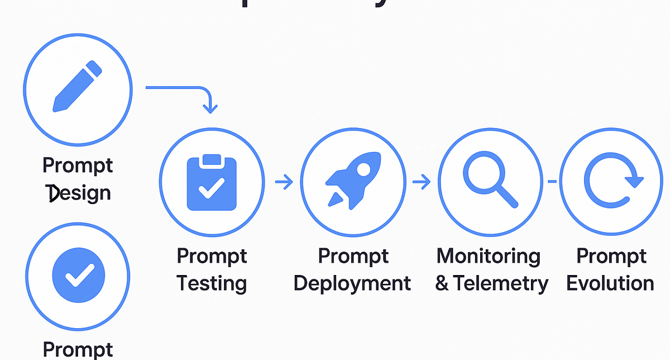
Image Credit: Medium
Why Prompt Governance Will Shape the Future of AI Product Management in 2026
- Prompt governance is becoming crucial in AI product management, ensuring reliability and consistency in AI interactions by managing the lifecycle of prompts from design to deployment, version tracking, and rollback.
- The user experience of AI products heavily depends on the quality of prompts, and inconsistent, biased, or inaccurate prompts can significantly impact the product's performance.
- Auditors are now questioning the validity and testing of prompts, highlighting the importance of prompt governance to uphold integrity and trust in AI-generated outputs.
- As we approach 2026, it is predicted that lack of prompt versioning could lead to governance debt, regulatory exposure, and compromised user trust in AI products, emphasizing the need for prompt governance as a frontline product responsibility.
Read Full Article
3 Likes
Medium
150

Image Credit: Medium
Founder Fuel: How to spot the PMF gap before it burns your roadmap
- Product-market fit (PMF) is not just about having a good product, but also about having the right user and timing aligned.
- PMF occurs when users start pulling the product instead of needing persuasion.
- Teams often fake PMF by having a few users, but true PMF is when the market refuses to let you shut down the product.
- PMF is a phase shift, not a finish line, with stages of growth to progress through.
- Market gap analysis and understanding users' pains are crucial in achieving PMF.
- Having a clear vision and aligning with users' beliefs drive product adoption.
- Anticipating and addressing user resistance is essential for product success.
- Assisted onboarding can help users understand the product faster, leading to quicker value realization.
- Observing user behavior is key as actions speak louder than words and surveys.
- The story and value proposition of a product significantly impact its success and adoption.
Read Full Article
9 Likes
Medium
350
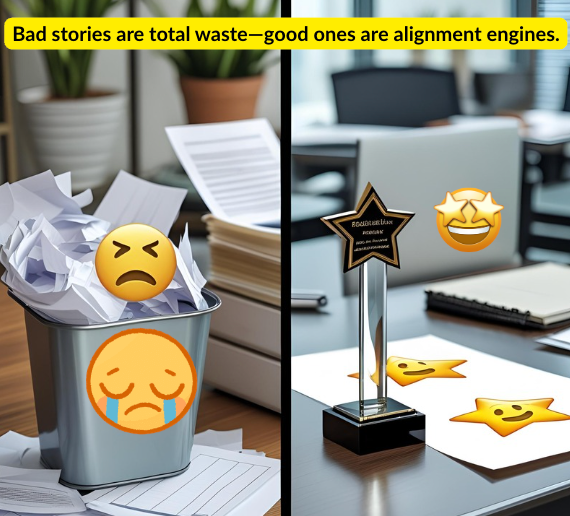
Image Credit: Medium
The Evolution of User Stories: Why Most Product Teams Get It Wrong
- Many product teams build without focusing on real user needs, leading to costly consequences.
- Discovery is often overlooked, resulting in poor user stories that lack clarity and edge-case handling.
- User stories should evolve from problem framing to solution delivery, with phases in discovery insights and validated solutions.
- Following clear guidelines for user story evolution can lead to stronger collaboration, faster delivery, and impactful features.
Read Full Article
21 Likes
Medium
318

What is a Product and Who is a Product Manager?
- Products can be tangible or intangible, such as services or experiences like those offered by Disney Theme Parks.
- Historically, humans used products like salt, oil, and experiences such as astrology and healing to solve problems.
- Products have evolved over time from tools and goods to digital solutions like the iPhone and Microsoft Office.
- A market consists of people with common problems, and product managers must build solutions for potential customers.
- Buyers and users of a product have different perspectives, with buyers focused on value and users on functionality.
- Product managers must address the needs of both buyers and users in their product designs and marketing strategies.
- A product manager identifies customer needs, aligns them with business goals, and leads cross-functional teams to realize the product vision.
- Product management revolves around three core areas: Product Discovery and Definition, Product Planning, and Product Development.
- Frameworks and tools like Design Thinking, User Story Mapping, and Agile methodologies support product managers in their tasks.
- Successful product managers prioritize customer needs, business objectives, and coordination among teams for a successful product launch.
- Continual feedback gathering and future product updates are crucial responsibilities of product managers to ensure product success.
Read Full Article
19 Likes
Discover more
- Programming News
- Software News
- Web Design
- Devops News
- Open Source News
- Databases
- Cloud News
- Operating Systems News
- Agile Methodology News
- Computer Engineering
- Startup News
- Cryptocurrency News
- Technology News
- Blockchain News
- Data Science News
- AR News
- Apple News
- Cyber Security News
- Leadership News
- Gaming News
- Automobiles News
Medium
282
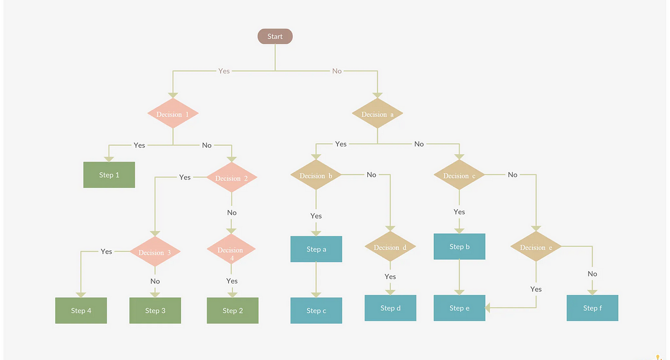
Image Credit: Medium
The end of the user flow era?
- Flowcharts saw a decline in popularity in the 1970s due to interactive terminals and programming languages, but continued to be used in the 21st century for computer algorithms.
- User Flow transitioned from depicting user actions in product usage to a hybrid of classic flowcharts and visual interface elements.
- In the 'golden age' of software, user flow was valuable for linear applications within Waterfall development methods.
- With modern complexities in software design, traditional user flow struggles to meet nonlinear challenges and has limitations in representing dynamic systems.
- Designing interfaces solely through screens is likened to building a car by drawing select parts without considering the whole system.
- User flow can lead to an overload of documentation, creating a maze of screens and arrows that hinder rather than aid communication.
- User flow becomes a burden when it hinders communication between design and development teams, leading to wasted time and resources.
- In complex applications, the traditional user flow approach can complicate changes and overwhelm with excessive screen representations.
- User flow, as traditionally understood, has lost its relevance and can impede rather than facilitate the design and development process.
- The call to experiment with new methods to create scalable and flexible products and seek solutions to alleviate the challenges posed by traditional user flow.
Read Full Article
16 Likes
Medium
154

Top 5 skills every FMCG Product Manager must master to stay competitive in today’s AI-powered…
- 1. Apply predictive analytics to forecast demand and segment consumers using behavior-based models. Recommended tools to master include Power BI, Looker, ChatGPT, Google Trends, Tableau, and Brandwatch.
- 2. Focus on developing MVPs quickly with digital consumer panels or DTC tests, iterating product concepts fast based on feedback loops, and embracing co-creation and digital crowdtesting. AI can be used for running packaging tests, simulating in-market performance, and generating concept variations.
- 3. Optimize product detail pages and SEO for platforms like Amazon, Walmart.ca, and Instacart, leveraging AI to tailor content, pricing, and promotions by channel or region. Partner with retail media networks for precision targeting.
- 4. Design products with recyclability and minimal waste in mind, aligning with circular economy trends and using lifecycle analysis tools to assess environmental impact. Utilize AI to simulate material impact and streamline carbon reporting across SKUs. Lead data-driven decisions, translate consumer need states into commercial and technical specs, and master digital collaboration tools like Jira, Notion, Asana, and Miro.
Read Full Article
9 Likes
Medium
382

Top 10 Books for FMCG Product Managers
- FMCG myths debunked include 'brand loyalty drives growth' or 'niche targeting is smart.' Empirical data shows that mass reach and mental availability grow brands.
- Former Procter & Gamble CEO simplifies strategy into five core questions, emphasizing 'Where to play?' and 'How to win?' critical in portfolio decisions and market entry.
- Olay's revitalization strategy involved repositioning as a premium skincare brand with efficacy claims, resulting in turning Olay into a $2B global brand.
- UK retailer restructuring baking category by shopper missions led to double-digit uplift in conversion and improved basket size, highlighting the importance of organizing shelves based on consumer thinking.
Read Full Article
22 Likes
Medium
295

Image Credit: Medium
Cracking the B2B2C Code in India: The Meesho Playbook
- Meesho enables homemakers and new entrepreneurs to start a resale business with zero investment by allowing them to set margins and share listings via WhatsApp or Instagram.
- Meesho created a two-layered experience to address the complexity of its model, focusing on reseller enablement and buyer trust as equally important pillars.
- By catering to both resellers and buyers without merging them, Meesho achieved over 100M downloads and dominance in Tier 2/3 India.
- The key takeaway is to prioritize solving the seller's challenges while maintaining buyer trust in B2B2C models for retention and success.
Read Full Article
17 Likes
UX Design
450

Image Credit: UX Design
How airlines trick you into paying more
- Booking air travels today has become a maze of hidden fees, upsells, and manipulative nudges leading to inflated costs compared to advertised prices.
- Airlines like Ryanair and Spirit generate around 10–20% of their revenue from baggage and seat selection fees, contributing significantly to their profits.
- The global airline revenue has increased by over 50% in the last 10 years, primarily driven by additional services like luggage fees, seat selection, and early check-in options.
- Passengers often end up paying way more than the initial advertised price after adding extras like seat selection, luggage, and in-flight meals.
Read Full Article
27 Likes
Medium
236
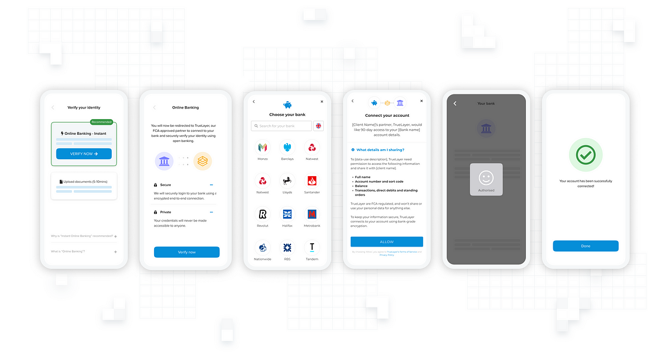
Image Credit: Medium
At least not yet: why we were right to scrap our star feature
- Initially, the open banking feature was scrapped due to user difficulties and invasiveness, but later reintroduced as users preferred it over the alternative.
- Lessons were learned about how time and context can influence the viability of a feature, even if it was initially dismissed.
- The initial pressure to deliver efficiencies through open banking did not align with users' needs, but changing circumstances led to its success later on.
- The importance of being open to evolving technologies and adapting solutions based on user feedback and context was emphasized for successful product development.
Read Full Article
14 Likes
Medium
122
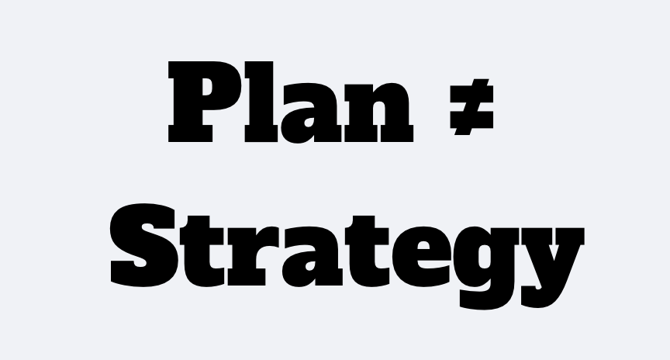
Image Credit: Medium
A Plan is not Strategy
- A plan is not a strategy, and a strategy is not a plan. Plans are specific deliverables within an organization’s control, while strategy focuses on outcomes that cannot be fully controlled.
- Good strategy answers three critical questions: where to play, who the customers are and what they want, and how to win. The desired outcome is also clearly defined.
- Strategy involves making hard decisions with no guarantees, aiming for the best shot at a desired outcome. Plans are necessary to execute strategy but are not the strategy itself.
- In a world of strategic planning, true strategizing gives organizations a competitive advantage by making tough choices and aligning departments effectively.
Read Full Article
7 Likes
Medium
336

Image Credit: Medium
How to improve inshorts as a PM
- Inshorts found success by providing short, swipe-based, and conversational news with a focus on FOMO and social proof.
- To improve, they need to enhance time spent, engagement, and ad monetization, targeting specific user segments like the elderly, hustlers, and campus trendsetters.
- Competing with similar news apps and platforms like Google Discover and Instagram Reels, Inshorts needs to focus on unique concise content delivery.
- Challenges include lack of insightful, engaging content, misleading summaries, inadequate personalization, and absence of productivity-oriented or career-related news coverage.
- Maintaining credibility by avoiding clickbait stories and overly commercial content, while balancing revenue generation through ads.
- Addressing notification overload and enhancing user experience with features like comments, personalization, gamification, and career news sections.
- Proposals for combating fake news include credibility scoring systems, user-generated validations, and collaborations with fact-checkers.
- Promoting balanced storytelling by showcasing multiple angles of news even within 60-word summaries.
- Using data-driven approaches like A/B testing and categorical variables to enhance user trust, engagement, and content quality.
- Recommendations focus on curating news based on newsworthiness, maintaining a no-bias culture, and involving users in the content validation process.
- Strategies include gamification, personalization, and alleviating notification fatigue to improve user retention and engagement.
Read Full Article
20 Likes
Medium
3.5k

Image Credit: Medium
The Art of Product Strategy : Turning Vision into Outcomes
- A strong product strategy involves making deliberate choices about who are we serving, what are we building, and why does it matter.
- Great product strategy is customer-focused, adaptable, and consists of three parts: North Star, Product Goals, and Initiatives.
- Your North Star describes your ideal customer, market positioning, how you're different, while Product Goals are specific milestones to gauge progress.
- Initiatives are high-level themes or feature areas linked to goals. A good strategy requires regular review and adjustment to cater to changing market dynamics and user needs.
Read Full Article
21 Likes
Medium
241

Built Differently: How Neurodivergence Became My Superpower
- The author shares their experience of being neurodivergent and how it has shaped their life positively.
- They have excelled in their career in tech leadership by leveraging the unique perspectives and abilities that come with being neurodivergent.
- The author is starting a new initiative called Built Differently to create a community for product leaders and tech professionals who think differently.
- Built Differently aims to provide support, understanding, and tools for neurodivergent individuals to succeed in their careers and embrace their differences.
Read Full Article
14 Likes
Medium
245

Image Credit: Medium
Users Didn’t Care — Until They Did
- Newton HeadStart, India’s largest platform for 11th and 12th standard students to learn coding, achieved a 3x increase in course engagement by focusing on video retention.
- Engagement was defined by successful video views of at least 30 seconds, as it directly impacted conversion rates.
- Conversations with users revealed that the desire to obtain certificates drove engagement, leading to the implementation of innovative strategies like notifying users about certificate expiration.
- The implementation of experiments related to certificate expiry and progress significantly boosted video completion metrics, with the completion rate increasing by 3x, showcasing the importance of understanding user motivations.
Read Full Article
14 Likes
For uninterrupted reading, download the app